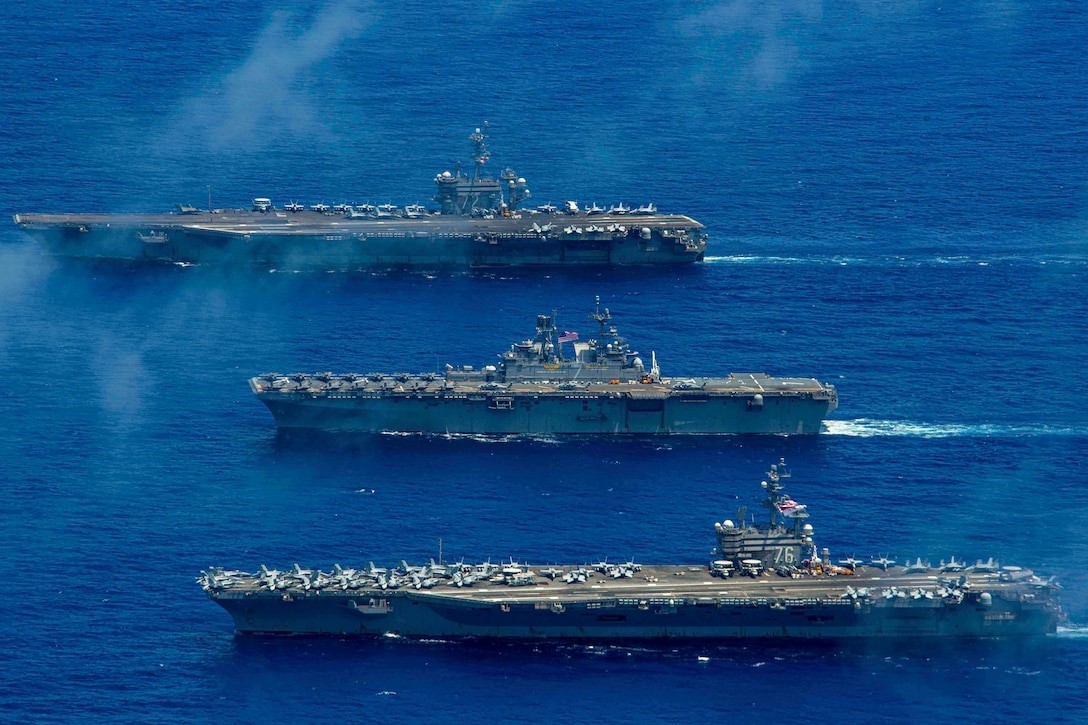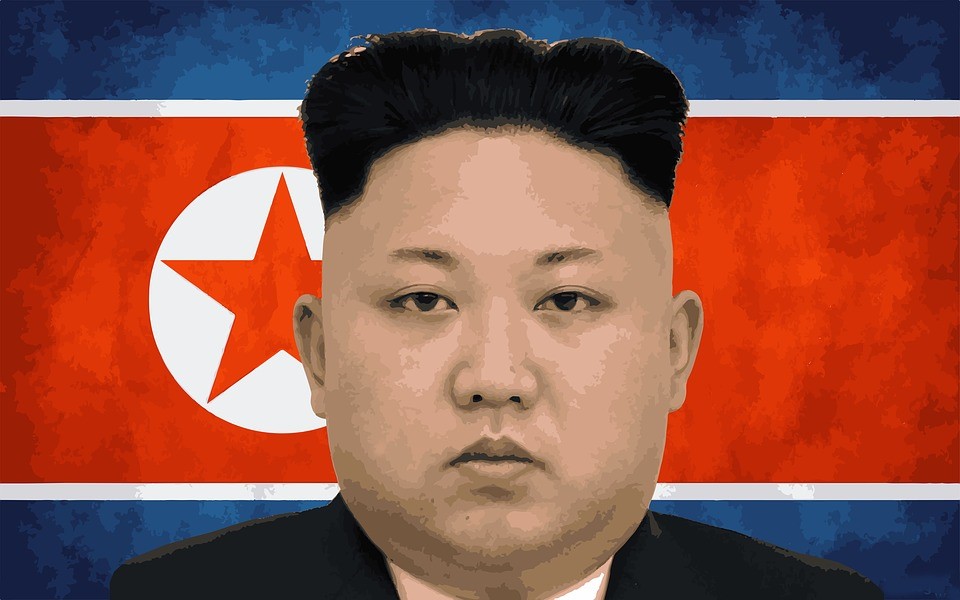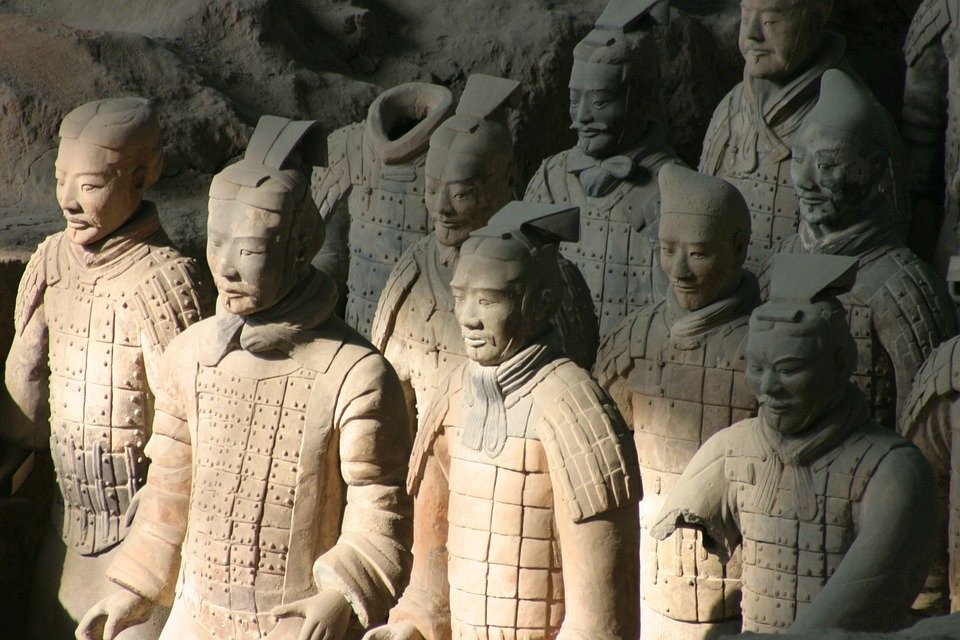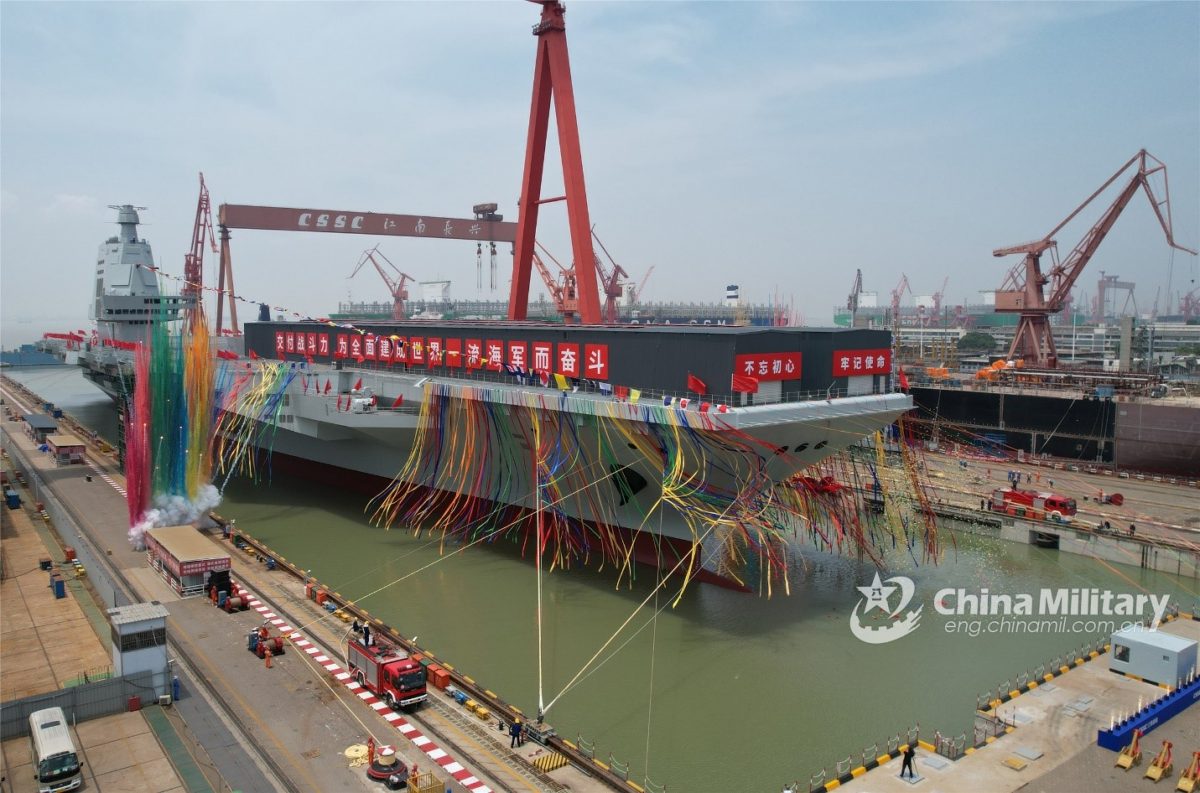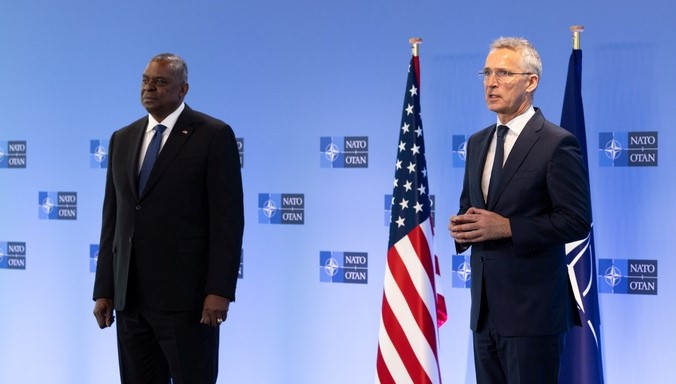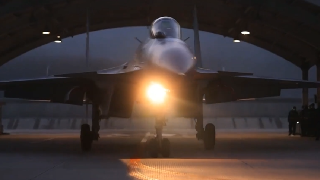Russia’s weaponization of food through its destruction of the Ukrainian agricultural sector this spring is expected to result in famine and starvation for millions in the developing world. President Vladimir Putin is deepening the crisis further by rapidly raising prices on what food remains available. Since February the price of wheat has increased dramatically. This June it is 16% higher than in February and 33% higher over March 2021 prices. Putin is attempting to force western nations to lift the sanctions imposed on Russia in response to its invasion of Ukraine. According to Patrick Tucker, writing in Defense One, Russia is “blocking grain exports, targeting grain storage facilities, and even stealing food.” At the same time Moscow is attempting to blame the United States for the food shortages. In April the World Bank forecasted that this will be a multi-year event.
US State Department Special Envoy for Global Food Security, Cary Fowler, said at an Atlantic Council event Wednesday “We were dealing with climate change, dealing with COVID and supply-chain problems. We’re now dealing with conflict, and we also have historically low grain stockpiles. And we’re in the high point of a cycle for fertilizer prices.” Fowler added, “So if you really wanted to have a huge impact on food prices, you’d probably have to be dealing with all of those. Unfortunately, that’s rather difficult and can’t be done overnight… I think we’re dealing with a multi-year crisis, and we ought to plan in that regard.” In what Tucker calls a battle of narratives, Russia’s diplomats are meeting with officials across Europe in an effort to convince them of America’s responsibility for the food crisis.
At the G7 meeting in Schloss Elmau, Bavaria, Germany this week, leaders discussed the Russian caused energy and food crisis. In a communique issued at the end of the meeting G7 officials stated “We will stand with Ukraine for as long as it takes, providing the needed financial, humanitarian, military, and diplomatic support in its courageous defence of its sovereignty and territorial integrity.” Acknowledging the worsening food environment, the G7 agreed in a communique issued at the end of the multi-day meeting to “provide an additional USD 4.5 billion to this end, stand by our commitments to keep our food and agricultural markets open and step up efforts to help Ukraine produce and export.” Russia has shown no signs off cooperation toward combatting the food or energy crisis it exacerbated this year. The G7 was unified in its position on Russia and Europe is expected to keep the sanctions in place.
Amanda Sloat, of the US National Security Council, says that the world is at a very critical point in opposing Russian aggression in Ukraine. “We recognize the global dimensions of this, and right now are continuing to explore the various pathways of getting the grain out [of Ukraine], including through the EU over land including the Odessa route,” Sloat notes. Michael Scannell, deputy director-general of the European Commission’s Directorate-General for Agriculture and Rural Development, points out that getting what grain is harvested in Ukraine out of the country remains a massive challenge. He says that “You simply cannot overnight replace the Ukrainian Black Sea ports. These were geared up to move huge volumes. Finding alternatives in the short term is very, very challenging, but that’s the task we’re setting ourselves.” No one is giving up yet, however, the Russians bombed the silos needed to store the grain. One concern by world food experts is that Russian ongoing war is leading to nations hoarding their grain supplies, which further exacerbates the situation. With approximately 131 countries net importers of food, Putin’s war in Ukraine is impacting countries across the globe.
A statement by the White House this week said “Vladimir Putin’s actions have strangled food and agriculture production and have used food as a weapon of war, including through the destruction of agricultural storage, processing, and testing facilities; theft of grain and farm equipment; and the effective blockade of Black Sea ports. Russia’s choice to attack food supplies and production have an impact on markets, storage, production, negatively impacting consumers around the globe…Estimates suggest that up to 40 million more people could be pushed into poverty in 2022 as a result of Putin’s war in Ukraine and its secondary effects.” Since Putin’s invasion of Ukraine United States has provided $2.8 billion to scale up emergency food operations in countries impacted by the food security crisis. It continues to look like a multi-year event is the most likely scenario as the Russians mined Ukrainian fields, have stopped shipments, and the farmers are off battling the invading forces and unable to plant what areas still are viable for a second crop this year. Western food experts are predicting a harsh winter for much of Europe and the developing world.
Daria Novak served in the U.S. State Department



